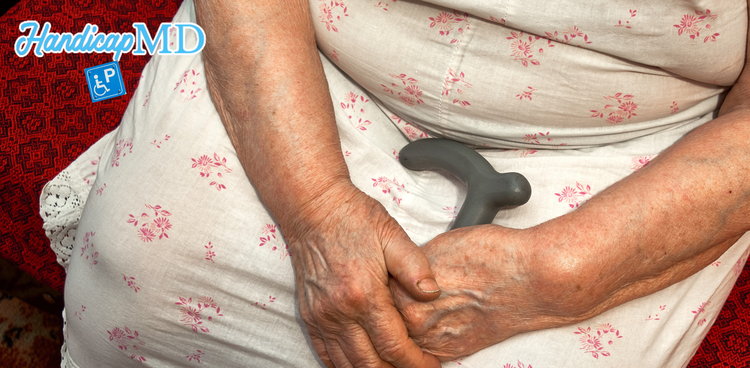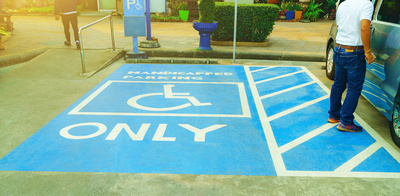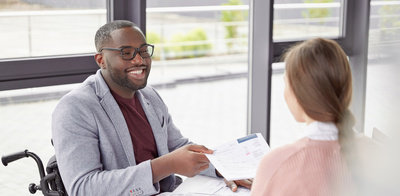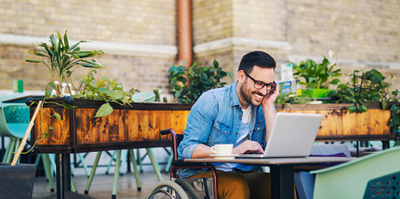
How People with Disability Can Engage in Physical Activity
Physical activity is essential to everybody. Unfortunately, most people living with disabilities don't engage in physical activity. Only less than half with mobility disability engage in physical activity. Among those who engage in aerobics, walking is the most common exercise.
The role of physical activity in the body is to maintain well-being and improve the quality of life. It has been found to help with weight control, improve mental health, lengthens life expectancy, and lessens the risk of heart disease and type 2 diabetes. It can also help alleviate anxiety and depression. Physical activity can promote independence in people with disability.
You don't need to do a lot for it to help you. Just a little physical activity is enough to promote your health. Doctors recommend that any adult, disabled or not, should have at least two and a half hours of aerobics per week. For more benefits, one can engage in activities that aim to strengthen muscles, such as yoga.
Most adults living with disabilities encounter barriers in the environment when engaging in physical activities. Below, we discuss some ways that can help people with disability stay active.
People Living with Disabilities
According to CDC, 26% of adults in the US are living with disabilities. The categories of disability are;
- Mobility disability (severe difficulties in walking or climbing stairs) – 13.7%
- Cognition disability (challenges in concentration and memory) – 10.8%
- Independent living (can barely run errands alone) – 6.8%
- Hearing disability – 5.9%
- Vision (blindness or difficulty seeing) – 4.6%
- Self-care (difficulty dressing and bathing) – 3.7%
There's an increased risk of suffering from chronic illnesses like obesity, heart conditions, diabetes, stroke, or cancer in adults living with disabilities than in adults without disabilities. You can manage these conditions or lower the risk by engaging in physical activities.
Staying Healthy by Being Active
Almost all adults with disabilities or suffering from other conditions are encouraged to engage in physical activity regularly. It's essential to consult with your doctor or another specialist to discuss your safety while undertaking the exercises. If your disability limits you from making physical activity your everyday routine, below are some tips.
Work in Your Neighborhood
Outdoor physical activity is beneficial not only to your physical health but also to your mental health. Being the most common physical activity, walking is the best way to stay active. People with disabilities who can walk even with wheelchairs and assistive devices should take a walk.
However, most adults with disabilities face many barriers, such as traffic and crime. They also have minimal environmental supports available such as sidewalks. In an attempt to improve this, CDC has created resources to promote friendly walking areas for people with disabilities.
Stay Active at Home
Since your home is the most comfortable place to be, staying active at home is a great option. You can do this by;
- Choosing an exercise that's suitable for you from the many videos available on YouTube, the National Center on Health, Physical activity, and disability (NCHPAD) has a friendly playlist of the best exercise from home videos on their channel.
- Following the NCHPAD's physical activity and nutrition program called 14 weeks to a healthier you. The program is web-based, free, and personalized to suit your needs.
- Challenge yourself by following the Olympics' Fit 5 resources. This one challenges members to exercise five days a week, drink five water bottles, and consume vegetables and fruits. It's simple to follow at home because it has videos cards and includes simple exercises that improve stamina, strength, and flexibility.
To incorporate exercises in your daily life, you can also pick a chore you enjoy like gardening, house chores, walking, dancing, or wheeling on a wheelchair. Just remember to check how much activity is good for you, depending on your fitness level.
CDC And Partners Engagement
In a quest to improve the quality of life for disabled people, CDC's Disability and Health promotion branch supports and funds two national centres on disability, namely;
- National center on health, physical activity, and disability (NCHPAD)
There are also other health programs supported by the branch. Their main goals are;
- Promoting equal access to opportunities in health
- Preventing various diseases such as type 2 diabetes and heart condition
- Improving the quality of life of disabled people
- People can get a handicap parking placard.
On top of that, to encourage more activity in people, CDC works with various communities. The initiative, called Active people's Healthy Nation, aims to improve quality of life and reduce the cost of healthcare by helping 27 million people become more physically active by 2027.
.png)






